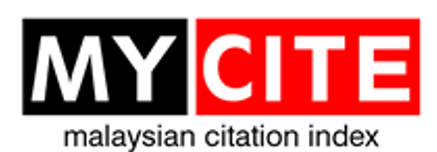Secondary production of the net-spinning cadisfly, Cheumatopsyche spp. (Trichoptera: Hydropsychidae) in mercuric contaminated river
DOI:
https://doi.org/10.51200/jtbc.v11i.257Keywords:
Cikaniki River, Mercury, Gold amalgamation, Secondary production, Cheumatopsyche spp.,Abstract
Cikaniki River is located in Bogor regency, West Java, Indonesia. The river has been contaminated with mercury because of small-scale gold processing. In this paper, secondary production of Cheumatopsyche spp. in Cikaniki River was studied. The aim of this study was to determine the impact of mercury contamination in the river to the production and turnover of Cheumatopsyche spp. Three locations - Cisarua, Curug Bitung and Lukut, were chosen to represent gold amalgamation activities position in the river. Production of Cheumatopsyche spp. was determined using the size-frequency method. The dissolved mercury concentration at the three locations ranged from undetected at all locations to 4.01 цg dm-3 at Cisarua. Higher mercury concentrations were observed on particulate form, which from upstream to downstream were 73.26 цg dm-3, 114.44 цg dm-3, and 52.37 цg dm-3, respectively. Particulate Hg were related with the TSS concentration in the river. Particulate Hg were about 30 % to almost half (48 %) of the TSS. The highest annual production of Cheumatopsyche spp. in Cikaniki River occurred at Lukut with 7127.96 mg m-2 y-1, followed by Cisarua at 793.94 mg m-2 y-1, and the lowest was at Curug Bitung at 408.31 mg m-2 y-1. The highest annual P/B (turn over) of the caddisfly in Cikaniki River was observed at the downstream of the river, Lukut 11.95, followed by Cisarua 7.32, and the last was Curug Bitung 6.00. Cohort P/Bs of Cheumatopsyche spp. were about half of their annual P/B. We conclude that Cheumatopsyche secondary production in Cikaniki River was affected by particulate Hg and TSS concentration in the river water. Our result shows that gold amalgamation at the river bank should be regulated to prevent mercuric pollution in Cikaniki River.
Published
How to Cite
Issue
Section
License
BY: credit must be given to the creator.
NC: Only noncommercial uses of the work are permitted.
This journal provides open access to its content under CC BY-NC 4.0 on the principle that making research freely available to the public supports greater international collaboration and information exchange.












